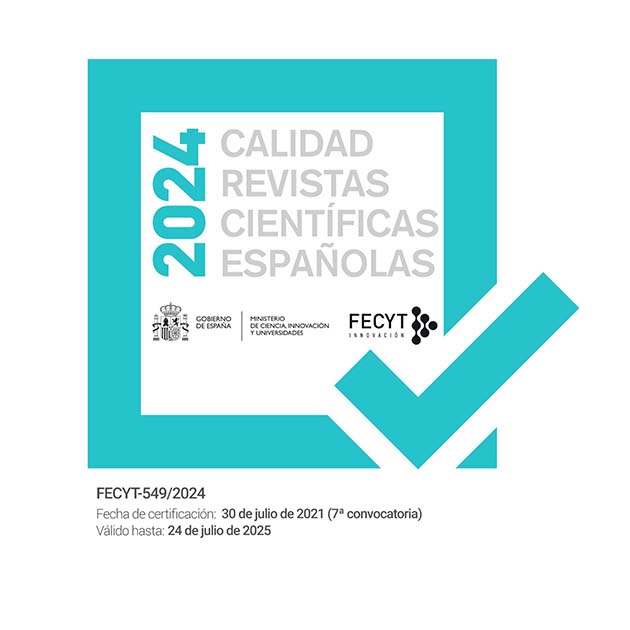THE IDENTIFYING FEATURES OF THE 2015 SPANISH CRIMINAL CODE REFORM: CRIMINAL POLICY AND IDEOLOGY
Keywords:
Criminal Policy, Ideology, Legal Security / Legal certainty, Catalogue of penalties, Legislative techniqueAbstract
The 2015 Criminal Code Reform is so intense and wide that it could be seen as a broad-new Criminal Code. Not only has it been enacted with grave proceeding irregularities, but also with little debate and without any consensus from the other political forces. The most critical aspects are: an involution in the catalogue of penalties, with an extraordinary rise of its severity as well as of the jail penalty key-role-position; a terminology mutation for the less serious offences (from the Spanish “faltas” to “delitos leves”); a lowering of the legal security principle exigencies; a generalised moving in front of the punitive intervention; and an imperfect legal technique. A Criminal Policy not based on Statistics, but on prejudices, on particular-economic-groups interests, on media owners and on a radically repressive ideology





















